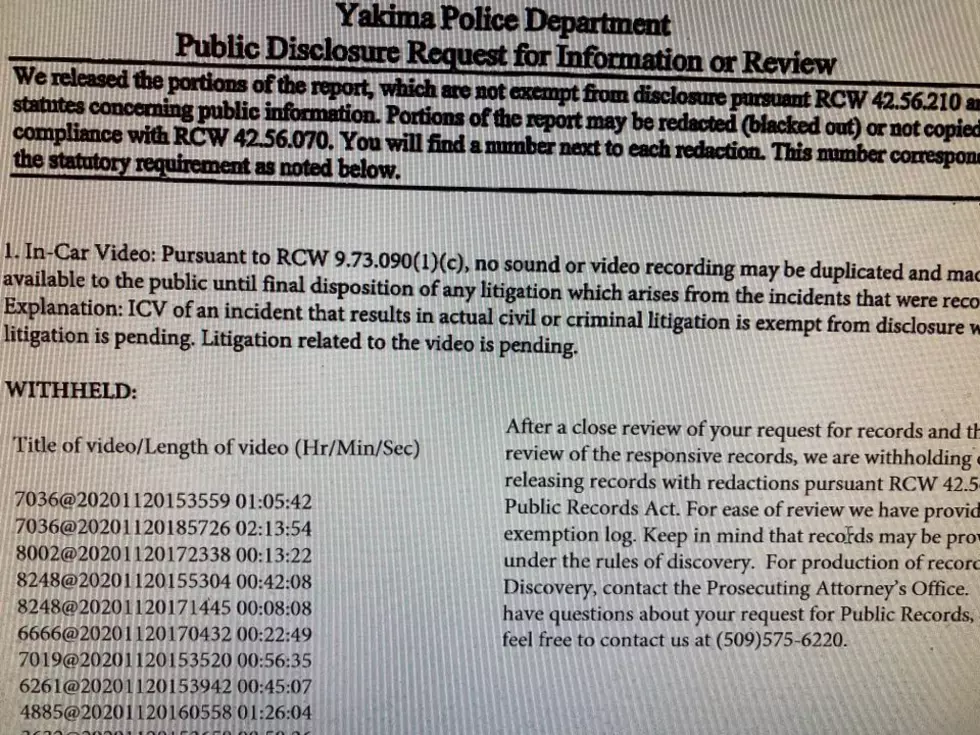![New Video Tells Story of Salmon Recovery in Washington [VIDEO]](http://townsquare.media/site/113/files/2013/09/51093151-630x378.jpg?w=980&q=75)
New Video Tells Story of Salmon Recovery in Washington [VIDEO]
Washington State has also unveiled a new website that allows state residents to see how salmon are doing in their area.
A major annual salmon migration from sea to river happens around the state in the fall. Community festivals, salmon bakes and 10K runs are scheduled annually to recognize this annual event.
Salmon are important to Washington, as a source of food for people and other animals, such as Orca whales, as a cultural icon, and as an economic driver. Many businesses, such as bait and tackle shops and charter fishing companies, rely on the world-renowned Pacific salmon. Today, recreational salmon fishing alone creates nearly $130 million in economic activity each year.
Salmon populations have been declining as Washington’s population has grown. In 1991, the federal government declared the first salmon in the Pacific Northwest as endangered under the Endangered Species Act. In the next few years, it listed 17 more species of salmon as either threatened or endangered. By 1999, some salmon populations had disappeared completely and salmon were listed as threatened or endangered across nearly three-fourths of the state.
“These videos help us tell the story of why salmon are important, why they are in decline and what we are doing to stop that decline,” said Kaleen Cottingham, the director of the Recreation and Conservation Office, which oversees the Governor’s Salmon Recovery Office. “Salmon are so important to Washington and hopefully these videos will give people a better understanding of why.”
“The Web site shows that Washington is beginning to see some increases in the number of salmon returning to its rivers and streams. A lot of work is happening in communities around the state to help recover salmon populations,” Cottingham said. “It’s so exciting in the fall to see salmon return to their native streams and to see thousands of people come out to celebrate that fact. Salmon matter to people and people matter to salmon. Without communities pulling together, we’d be seeing salmon continue to decline instead of some salmon populations on the rise.”
Visit the salmon recovery website here.
More From News Talk KIT





![Asia Brings Hope To Yakima Concert Goers After Loss Of Lead Singer [VIDEO]](http://townsquare.media/site/138/files/2017/03/hqdefault6.jpg?w=980&q=75)


![Time to Laugh With the Sunday Funnies! [VIDEO]](http://townsquare.media/site/113/files/2015/03/2636487-e1427748549517.jpg?w=980&q=75)
